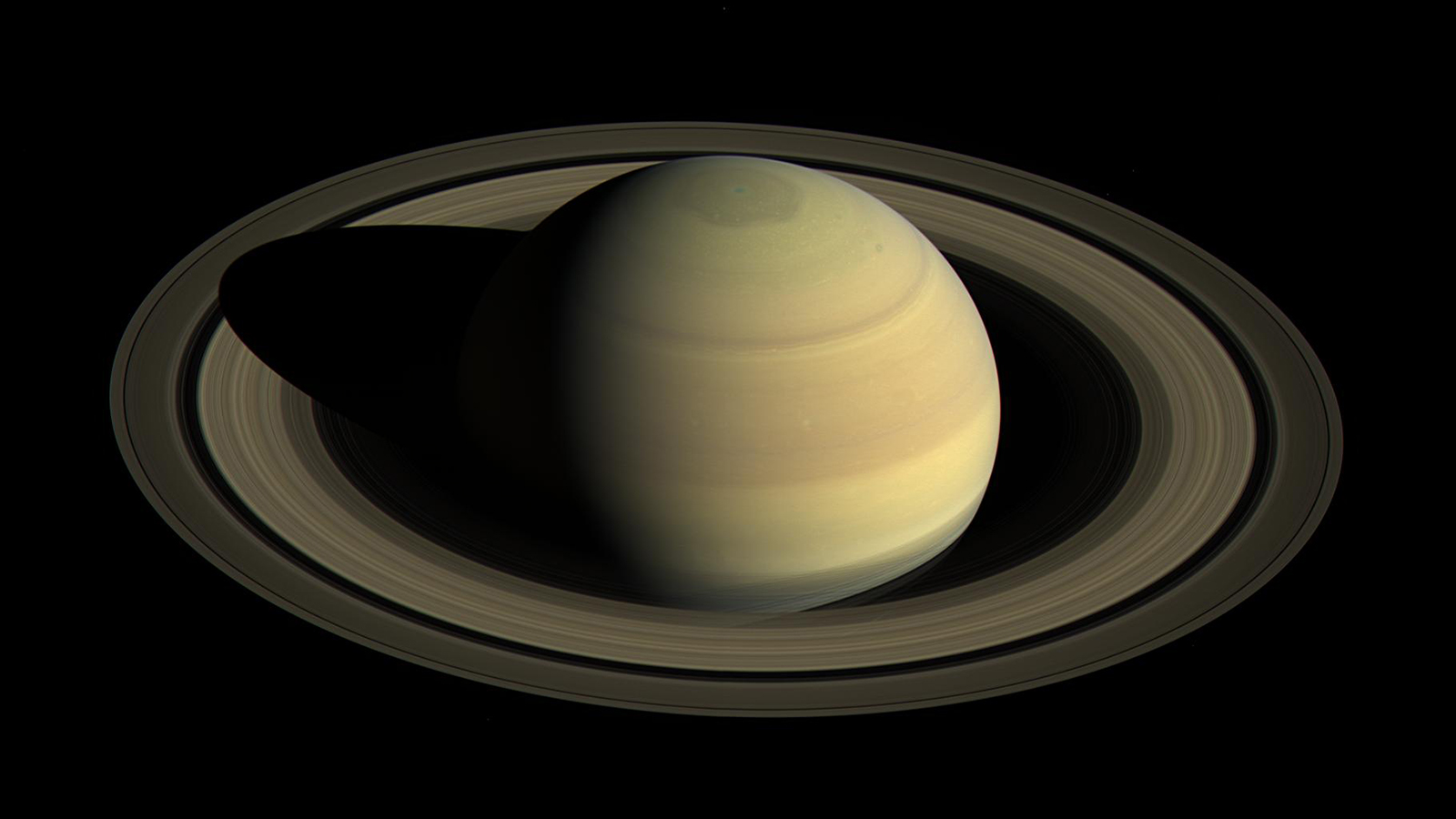Saturn's Number Of Known Moons Increases By Over 60 After New Discoveries
Saturn's number of known moons increases by over 60 after new discoveries as it surpasses Jupiter, bringing its total count to 145 recognized moons. Meanwhile, Jupiter lags behind with only 92 known moons.
Author:Camilo WoodReviewer:Dexter CookeMay 16, 2023585 Shares53.1K Views

Saturn's number of known moons increases by over 60 after new discoveriesas it surpasses Jupiter, bringing its total count to 145 recognized moons. Meanwhile, Jupiter lags behind with only 92 known moons. This discovery highlights the effectiveness of a technique used to locate small moons around giant planets.
By shifting and combining images of moons captured over several years, a team led by astronomer Edward Ashton from the Academia Sinica Institute of Astronomy and Astrophysics in Taiwan successfully identified Saturnian moons with diameters as small as 2.5 kilometers (1.55 miles).
Astronomers are now able to gain insights into Saturn's history through the discovery of these newly found miniature moonlets. However, locating small moons around Jupiter and Saturn poses significant challenges. These planets are the largest in our solar system and their brightness in the sky, especially from our viewpoint on Earth where they are always in sunlight, outshines any surrounding objects, making the detection of small, faint objects particularly difficult.
Remarkably, the criteria for defining a moon or natural satellite are quite general. There is no specific shape, mass, diameter, or composition requirement, the only prerequisite is that the object must have a stable orbit around a larger body that is not a star. Consequently, planets, dwarf planets, and even asteroids can all possess their own moons.
Merely detecting an object near a planet is insufficient to confirm a new moon. It's necessary to track the object for several orbits to analyze its path and determine its stability. Although shifting and stacking can reveal faint objects, multiple observations are required to confirm its status as a moon.
Here's how the process works: Sequential images are shifted to match the movement of the moon across the sky. The shifted images are then stacked together, enhancing signals that may be too dim to detect in a single image and increasing their brightness to make them visible to researchers.
The approach of shifting and stacking images had previously been employed in the search for moons orbiting Uranus and Neptune. In 2019, Edward Ashton and his team employed this method while using the Canada-France-Hawaii Telescope (CFHT) to survey the area surrounding Saturn, resulting in the identification of what appeared to be unknown objects in Saturn's vicinity.
Over the course of two years, from 2019 to 2021, the team periodically conducted observations that lasted three hours each. They then shifted and stacked the resulting images to determine if the identified objects were moons. The team confirmed the discovery of 62 new moons, which included one announced in 2021, after meticulous scrutiny.
According to Ashton:
“„Tracking these moons makes me recall playing the kid's game Dot-to-Dot, because we have to connect the various appearances of these moons in our data with a viable orbit, but with about 100 different games on the same page and you don't know which dot belongs to which puzzle.- Edward Ashton from the Academia Sinica Institute of Astronomy and Astrophysics in Taiwan
All 62 recently detected moons are categorized as "irregular" and belong to one of three groups of Saturn's moons: Inuit, Gallic, and Norse. These moon groups are characterized by their large, elliptical orbits and inclined angles with respect to Saturn's "regular" moons.
The majority of the newly discovered moons are part of the Norse group, which is the most populous and has the greatest orbital distance among the three groups. Notably, this group orbits Saturn in the opposite direction to its rotation.
Scientists have hypothesized that the presence of the three groups of irregular moons around Saturn is a result of moon collisions that occurred in the planet's recent past. These collisions may have left behind clusters of smaller moons.
Analysis indicates that the Norse group of moons might have formed from the remnants of a moderately-sized irregular moon that was disrupted. The identification of the 62 new moons serves as additional evidence to support this theory, according to the researchers.
Conclusion
"As one pushes to the limit of modern telescopes," says astronomer Brett Gladman of the University of British Columbia in Canada, "we are finding increasing evidence that a moderate-sized moon orbiting backward around Saturn was blown apart something like 100 million years ago."
Jump to

Camilo Wood
Author
Camilo Wood has over two decades of experience as a writer and journalist, specializing in finance and economics. With a degree in Economics and a background in financial research and analysis, Camilo brings a wealth of knowledge and expertise to his writing.
Throughout his career, Camilo has contributed to numerous publications, covering a wide range of topics such as global economic trends, investment strategies, and market analysis. His articles are recognized for their insightful analysis and clear explanations, making complex financial concepts accessible to readers.
Camilo's experience includes working in roles related to financial reporting, analysis, and commentary, allowing him to provide readers with accurate and trustworthy information. His dedication to journalistic integrity and commitment to delivering high-quality content make him a trusted voice in the fields of finance and journalism.

Dexter Cooke
Reviewer
Dexter Cooke is an economist, marketing strategist, and orthopedic surgeon with over 20 years of experience crafting compelling narratives that resonate worldwide.
He holds a Journalism degree from Columbia University, an Economics background from Yale University, and a medical degree with a postdoctoral fellowship in orthopedic medicine from the Medical University of South Carolina.
Dexter’s insights into media, economics, and marketing shine through his prolific contributions to respected publications and advisory roles for influential organizations.
As an orthopedic surgeon specializing in minimally invasive knee replacement surgery and laparoscopic procedures, Dexter prioritizes patient care above all.
Outside his professional pursuits, Dexter enjoys collecting vintage watches, studying ancient civilizations, learning about astronomy, and participating in charity runs.
Latest Articles
Popular Articles
